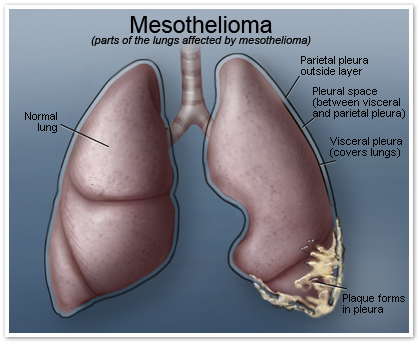Women are often the primary caregivers for their families and, as a result, they often put the needs of their spouses, children, and parents before their own.
With National Women’s Health Week, (May 13-19) upon us, we want to encourage women to take care of their own health and wellness. This includes:
Getting regular health checkups and preventive screeningsBeing physically activeEating healthyPaying attention to mental health, including getting enough sleep and managing stressAvoiding unhealthy behaviors such as smoking That said, we know that saying “put yourself first” and doing so are two very different things. Women have some natural tendencies that, like a double-edged sword, can work for or against them.
Women are hard-wired to nurture others. They have a tendency to feel responsible for those around them.Women tend to be “people-pleasers.” This isn’t always a bad thing. But it can lead to over-commitment. For example, when a friend asks a favor, women may have a hard time saying no--even when it’s in their best interest. The reason? Women often say, "I don't want to hurt anyone's feelings or make them mad at me."To make matters worse, many women define their self worth by their ability to please others.Some women also have a little of the martyr complex. These women might tell themselves, “I'll be neglecting the kids,” or “Things will fall apart at home if I'm not there." Taken together, these factors can lead women to feel over-whelmed and stressed out—or worse--depressed, unworthy, and inadequate.
Initiating Change
No matter what the underlying psychological reasons, women have to recognize that they must take care of themselves first or not only will they suffer, it’s very likely that it will have a ripple effect in the health of the entire family. National health statistics and medical studies bear this out. For example:
Currently 36% of women 20 and over are obese. If one parent is obese, there is a 50% chance that their children will also be obese. When both parents are obese, their children have an 80% chance of being obese.Only 42% of women 18 years of age and older meet the federal physical activity guidelines for physical activity. Studies have found that parent’s inactivity is a strong predictor of their child’s inactivity.Similarly, children mimic the eating habits of their parents. Children are less likely to consume soft drinks, junk food if those foods are not regularly consumed at home. Bottom Line: When you take care of yourself first, you are also taking care of those closest to you.
For more information about keeping your health in check no matter what your age, read our latest newsletter, Women: Go-to Guidelines to Take Charge of Your Health at Any Age.
Sources:
U.S. Department of Health and Human Services
Forbes
Centers for Disease Control
American Academy of Child & Adolescent Psychiatry
PubMed




